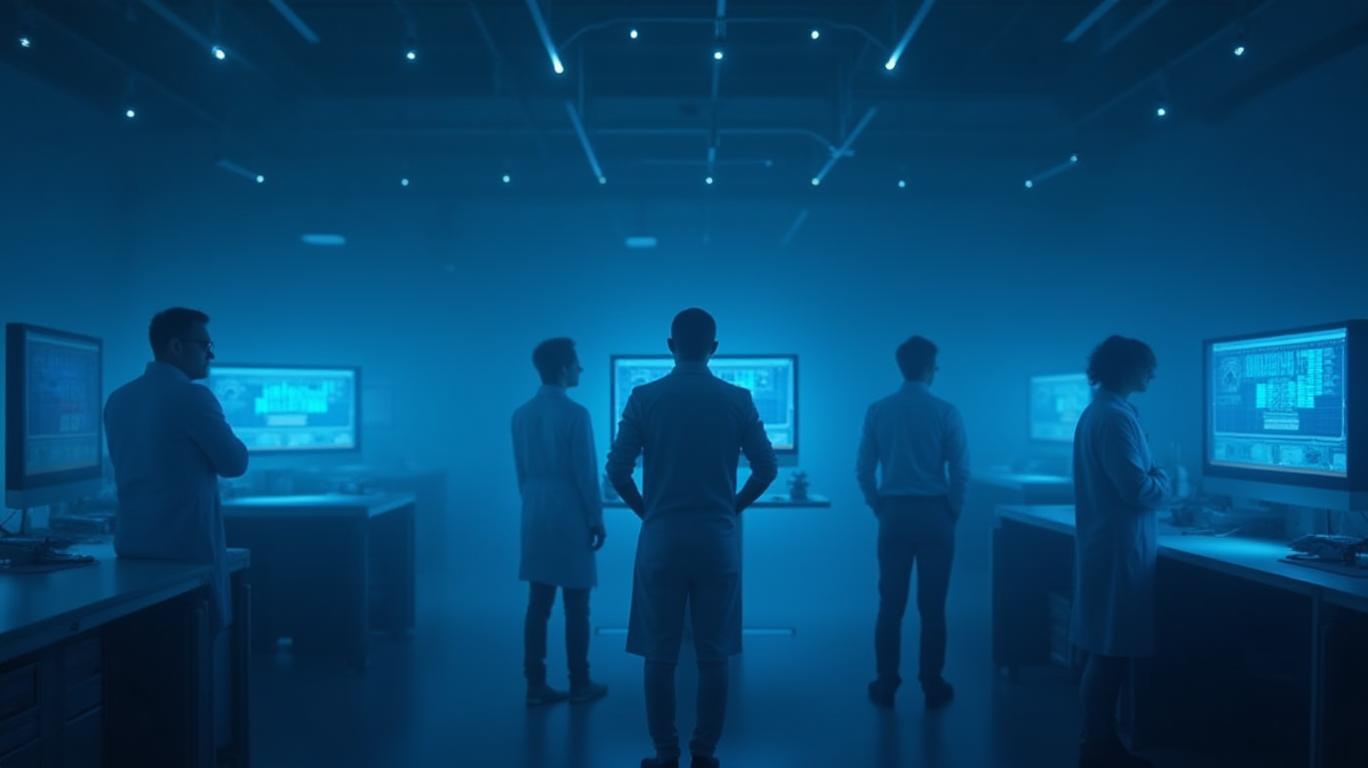OpenAI's Race Against Time: New AI Model Faces Scrutiny Over Safety Testing Abridgment
Recent reports suggest that OpenAI has significantly reduced the time and resources allocated to safety testing for its latest large language model. Insider sources familiar with OpenAI's testing procedures revealed that both internal staff and external groups now have only a few days to assess the risk and performance of the new AI model, a stark contrast to the months-long evaluations conducted previously.
This development comes as OpenAI gears up to release its new model, tentatively named "o3," as early as next week, though the exact date remains subject to change. The company has justified the expedited timeline by highlighting enhancements in the efficiency of its evaluation processes, such as the automation of certain test components. This, according to OpenAI, has resulted in a significantly compressed testing period.
The accelerated testing strategy raises questions about the potential implications for the model's safety and reliability. While OpenAI emphasizes the role of advanced methodologies to streamline evaluation, the reduction in testing duration might prompt concerns among stakeholders about the thoroughness of such critical assessments. The balance between innovation speed and comprehensive safety evaluations remains a challenging aspect for the organization.
As OpenAI continues to push the boundaries of artificial intelligence capabilities, the approach to model safety assessment will likely be scrutinized by both industry experts and regulatory bodies. The outcome of this strategy could have broader implications, influencing not just OpenAI’s reputation but the industry’s general handling of AI safety protocols moving forward.



_a5aa6a1f1748879890986.jpeg)
_a05abc0b1748876871987.jpeg)






